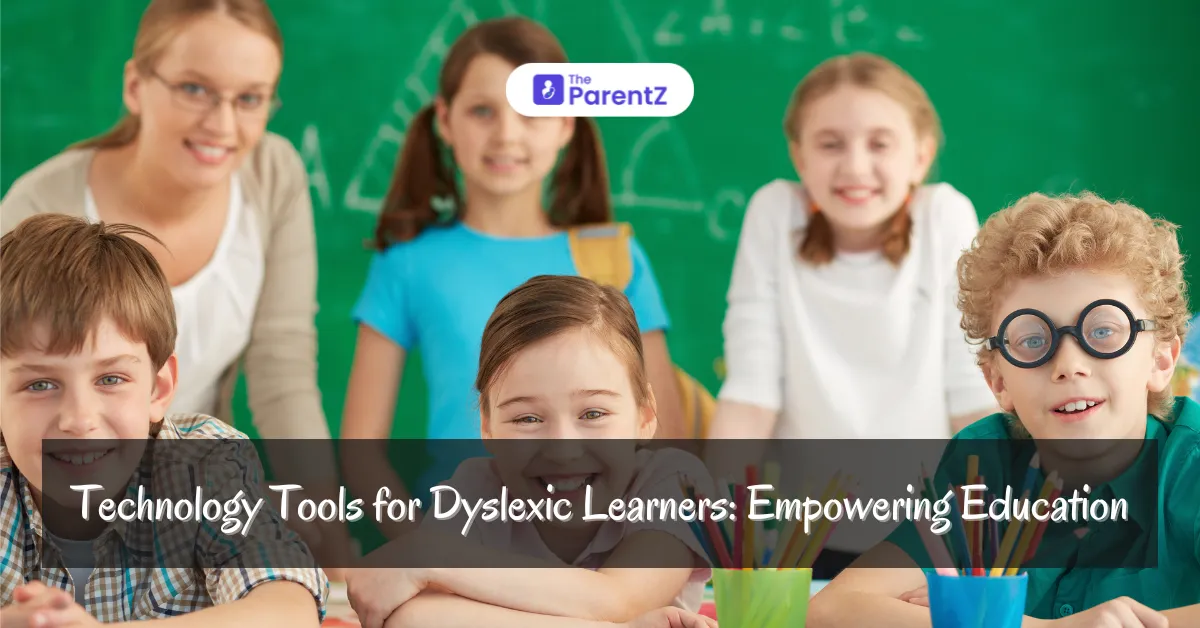Dyslexia affects around 10% of the global population and presents unique challenges in reading, writing, and information processing. With technological advancements, numerous innovative tools have emerged to support dyslexic learners, transforming educational experiences and providing targeted assistance.
Understanding Dyslexia and Technology's Role
It is a neurological condition characterized by difficulties with accurate and fluent word recognition, spelling, and decoding. Traditional learning environments often pose significant challenges for individuals with dyslexia, making technological interventions crucial in creating inclusive educational experiences.
Key Features of Effective Dyslexia Apps
When selecting dyslexia apps, it’s crucial to consider several features that enhance their effectiveness:
- Multi-sensory Learning: Apps that incorporate visual, auditory, and kinesthetic elements can significantly aid memory retention and comprehension.
- Customization: The ability to tailor settings (e.g., font size, background color) can help create a more comfortable reading experience.
- Progress Tracking: Many apps offer features to monitor progress over time, which can motivate learners and provide valuable feedback to educators and parents.
- Text-to-Speech Functionality: This feature allows students to listen to text being read aloud, helping them understand content without the stress of decoding every word.
Text-to-Speech Applications
Leading Tools:
- Voice Dream Reader
- Natural Reader
- Speechify
Key Advantages:
- Converts written text to spoken words
- Adjustable reading speeds
- Highlight text while reading
- Multiple language support
Limitations:
- Some premium features require paid subscriptions
- Voice quality can vary
- May not capture complex academic terminology perfectly
Spelling and Grammar Assistance
Recommended Applications:
- Grammarly
- Ginger
- Read&Write
Research-Based Benefits: Specialized grammar and spelling tools can improve writing accuracy by up to 65% for dyslexic students.
Key Features:
- Real-time error detection
- Contextual spelling suggestions
- Grammar correction
- Word prediction capabilities
Mind Mapping and Organization Tools
Top Platforms:
- MindMeister
- Inspiration Maps
- Coggle
Cognitive Support:
- Visual organizational strategies
- Helps break complex information into manageable segments
- Supports non-linear thinking processes
Specialized Reading Applications
Innovative Apps:
- Dyslexia Quest
- Nessy Learning Programme
- Reading Trainer
Scientific Insights: Neuroscientific research indicates that targeted reading applications can help rewire neural pathways, improving reading fluency and comprehension.
Other Popular Dyslexia Apps
Ghotit Real Writer: This app assists users with spelling and grammar by providing context-sensitive corrections. It is designed specifically for individuals with dyslexia and dysgraphia.
- Advantages: Offers real-time corrections and suggestions tailored to the user’s writing style.
- Limitations: May require a learning curve for optimal use.
SnapType Pro: This app allows students to take pictures of worksheets and fill them out digitally using text boxes.
- Advantages: Reduces handwriting difficulties by enabling typing directly on the screen.
- Limitations: Requires access to a device with a camera.
CalenGoo: A calendar app designed to help users manage deadlines and appointments effectively.
- Advantages: Offers multiple views (day, week, month) and drag-and-drop functionality for easy scheduling.
- Limitations: Requires regular input from users to remain effective.
Advantages of Using Dyslexia Apps
The benefits of incorporating dyslexia apps into learning environments are substantial:
- Increased Independence: Apps empower students by allowing them to complete tasks without constant assistance from teachers or parents.
- Enhanced Engagement: Gamified elements in many apps make learning more enjoyable, encouraging students to practice regularly.
- Personalized Learning Experiences: With customizable settings, apps can cater to individual learning preferences and needs.
- Improved Literacy Skills: Regular use of these tools can lead to huge improvements in reading fluency, comprehension, and writing abilities.
Limitations of Dyslexia Apps
Despite their advantages, there are also limitations associated with using dyslexia apps:
- Over-reliance on Technology: Students may become dependent on apps for basic skills instead of developing their abilities through traditional methods.
- Cost Factors: While many apps are free or low-cost, premium features often come at a price that may not be accessible to all families or schools.
- Variable Effectiveness: Not all apps will work equally well for every student; what benefits one learner may not be as effective for another.
- Distraction Potential: The interactive nature of many apps can lead to distractions if not monitored properly.
Conclusion
Technology has transformed dyslexia support, offering unprecedented opportunities for personalized, adaptive learning. By leveraging these innovative tools, dyslexic learners can overcome traditional barriers, unlock their potential, and embrace educational experiences with confidence.
Empowerment through technology is not just about accessibility—it's about creating inclusive, supportive learning environments that celebrate diverse cognitive abilities.









Be the first one to comment on this story.